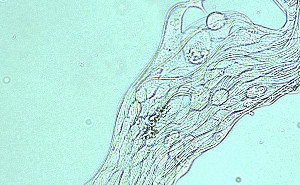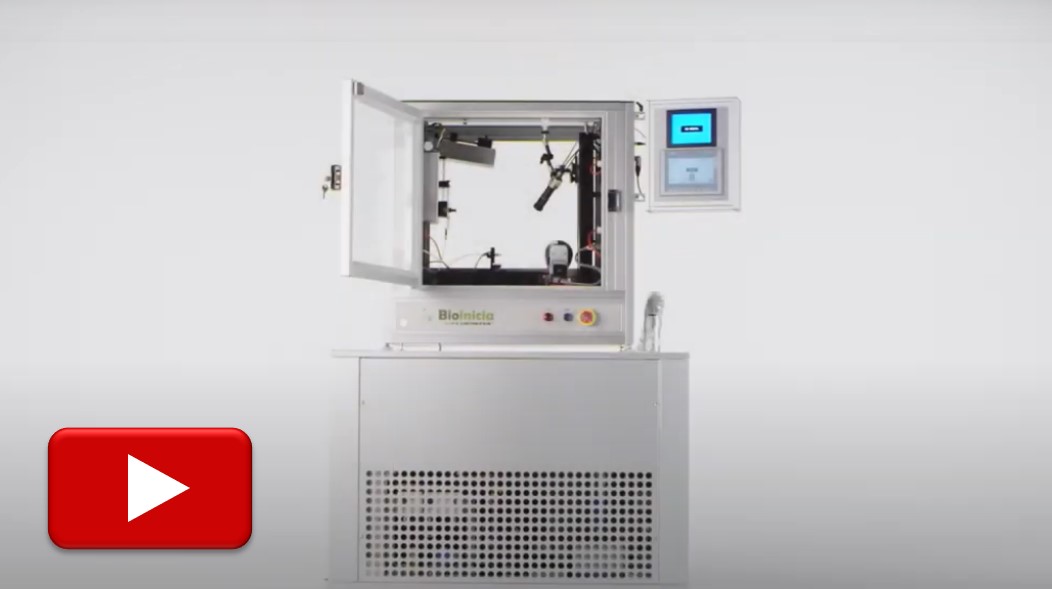▼ Reference
- Cao X, Kwek K, Chan J K Y, Chan C K H, Lim M. Electrospun nanofibers as a bioadhesive platform for capturing adherent leukemia cells. J Biomed Mater Res A 2014; 102: 523.
- Chan C K, Liao S, Li B, Lareu R R, Larrick J W, Ramakrishna S, Raghunath M. Early adhesive behavior of bone-marrow-derived mesenchymal stem cells on collagen electrospun fibers. Biomed Mater 2009; 4: 035006.
- Chu K, Zhu Y, Lu G, Huang S, Yang C, Zheng J, Chen J, Ban J, Jia H, Lu Z. Formation of Hydrophilic Nanofibers from Nanostructural Design in the Co-Encapsulation of Celecoxib through Electrospinning. Pharmaceutics. 2023; 15(3):730. Open Access
- Finne-Wistrand A, Albertsson A C, Kwon O H, Kawazoe N, Chen G, Kang I K, Hasuda H, Gong J, Ito Y. Resorbable Scaffolds from Three Different Techniques: Electrospun Fabrics, Salt-Leaching Porous Films, and Smooth Flat Surfaces. Macromol. Biosci. 2008; 8: 951.
- Liu H Q, Yu X L, Cai B, You S J, He Z B, Huang Q Q, Rao L, Li S S, Liu C, Sun W W, Liu W, Guo S S, Zhao X Z. Capture and release of cancer cells using electrospun etchable MnO2 nanofibers integrated in microchannel. Applied Physics Letters 2015; 106: 093703.
- Ma K, Chan C K, Liao S, Hwang W Y K, Feng Q, Ramakrishna S. Electrospun nanofiber scaffolds for rapid and rich capture of bone marrow-derived hematopoietic stem cells. Biomaterials 2008; 29: 2096.
- Ngiam M L. Differentiation of bone marrow derived mesenchymal stem cells (BM-MSCs) using engineered nanofiber substrates. PhD thesis. National University of Singapore 2010. Open Access
- Zhang N, Deng Y, Tai Q, Cheng B, Zhao L, Shen Q, He R, Hong L, Liu W, Guo S, Liu K, Tseng H R, Xiong B, Zhao X Z. Electrospun TiO2 nanofiber-based cell capture assay for detecting circulating tumor cells from colorectal and gastric cancer patients. Adv. Mater. 2012; 24: 2756.
- Zhao Y, Zhu X, Liu H, Luo Y, Wang S, Shen M, Zhu M, Shi X. Dendrimer-functionalized electrospun cellulose acetate nanofibers for targeted cancer cell capture applications. J. Mater. Chem. B 2014; 2: 7384.
▼ Credit and Acknowledgement
Author
Wee-Eong TEO View profile
Email: weeeong@yahoo.com
 ElectrospinTech
ElectrospinTech

